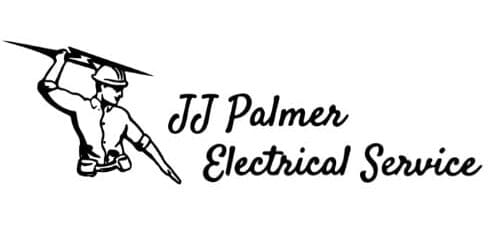Understanding Bridge Loans: A Guide for Borrowers
A bridge loan, also called interim financing or hole financing, is a short-term mortgage used to bridge a spot between quick cash needs and longer-term financing or a pending transaction. Bridge loans are generally used in actual property transactions however can be utilized for other functions where fast access to funds is required. Here’s a detailed information to understanding bridge loans and how they work:
What is a Bridge Loan?
A bridge loan is a brief mortgage that gives immediate financing to bridge a monetary hole till longer-term financing may be secured or a specific situation is met. It serves as interim funding to cover bills or obligations throughout a transitional period, usually lasting from a few weeks to some months.
How Do Bridge Loans Work?
1. Purpose:
– Bridge loans are sometimes used in actual property transactions to cowl expenses corresponding to buying a brand new property earlier than selling an current one, funding renovations, or closing a deal shortly.
2. Loan Amount and Term:
– Bridge loans are sometimes short-term loans with reimbursement terms starting from a number of weeks to up to 12 months.
– Loan quantities can range depending on the lender and the borrower’s wants, often ranging from thousands to millions of dollars.
three. Interest Rates and Fees:
– Bridge loans may have greater rates of interest and fees in comparability with conventional loans because of the short-term nature and higher risk for lenders.
– Interest charges could be fastened or variable, relying on the mortgage agreement.
four. Collateral Requirement:
– Bridge loans are often secured by collateral, such as real property or different priceless belongings owned by the borrower.
– Collateral supplies safety for the lender in case the borrower defaults on the loan.
5. Repayment:
– Bridge loans are typically repaid in a lump sum when the longer-term financing turns into out there or the particular condition is met (e.g., sale of the property).
– Some bridge loans may have interest-only payments through the loan time period, with the principal amount due on the finish of the time period.
When to Consider a Bridge Loan:
– Real Estate Transactions: Use a bridge loan to buy a new property before promoting an current one to keep away from timing constraints and safe a greater deal.
– Renovations or RéNovation Construction: Fund renovation tasks or development costs while ready for everlasting financing or project completion.
– Business Needs: Obtain short-term funding to cover operational bills, bridge money flow gaps, or capitalize on time-sensitive alternatives.
Pros and Cons of Bridge Loans:
Pros:
– Quick access to funds for time-sensitive transactions.
– Flexibility in financing choices throughout transitional durations.
– Potential to safe higher phrases or opportunities by avoiding delays.
Cons:
– Higher interest rates and costs in comparison with conventional loans.
– Short repayment time period, requiring well timed preparations for long-term financing.
– Potential risks related to securing the loan in opposition to collateral.
Conclusion
Bridge loans present a priceless financing answer for debtors needing quick funds to bridge monetary gaps or facilitate time-sensitive transactions. When contemplating a bridge loan, rigorously consider the costs, dangers, and benefits related to this kind of financing to make knowledgeable decisions aligned along with your monetary targets.
By understanding how bridge loans work and their functions in numerous eventualities, borrowers can leverage this financial device effectively to navigate transitional intervals and obtain their aims.
